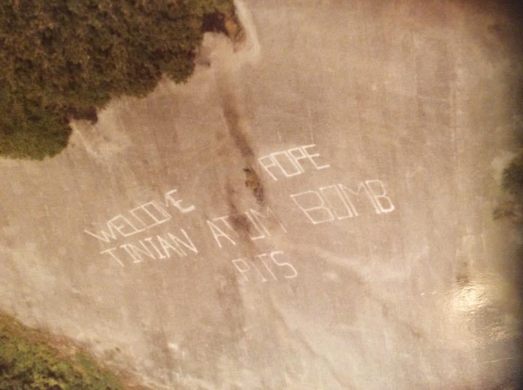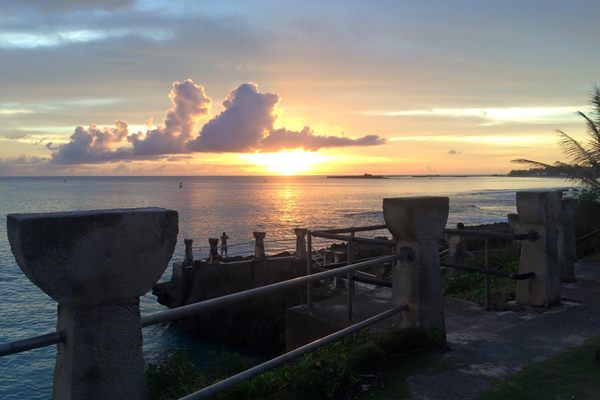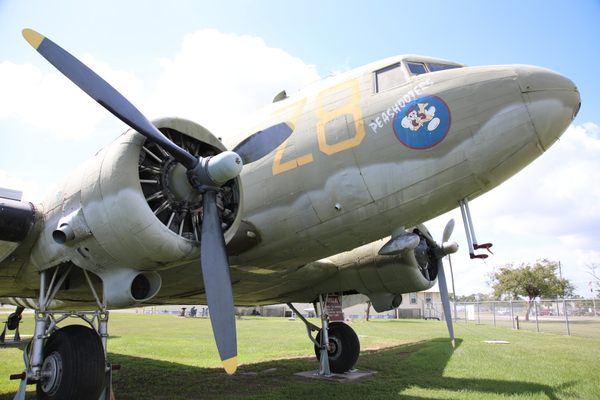Atomic Bomb Loading Pits
The pits used to load the nuclear bombs onto the aircraft that dropped them over Hiroshima and Nagasaki at the end of World War II.
During the final stages of World War II, an American B-29 Bomber dropped the world’s first atomic bombs over Japan. The attack was launched from an airfield on Tinian Island, one of a chain of islands in the Marianas. Today, little remains of the airfield where the Atom Age began, save for two loading pits used to haul the nukes onto the aircraft that carried them over Japan.
Located just over 1,500 miles from Japan, Tinian was an ideal launch site for the U.S. 509th Composite Group and 313th Bombardment Wing. But first, a massive construction project had to be undertaken on the north end of Tinian. Working for more than 45 days and nights, troops built docks, airport runways, barracks, an administration building, oil storage facilities, weapons depots, an air-conditioned bomb assembly building, and two bomb loading pits. The result, North Field, was the largest airport in the world at the time.
The loading pits were necessary to get the massive bombs onto the aircraft, as the weapons were too large to be loaded conventionally. The plane was towed over the pit with its bomb bay doors open, and the bomb was hauled onto a hydraulic mount in the pit then winched into the belly of the plane.
Atomic Bomb Pit No. 1 was used to load “Little Boy,” the 4-ton uranium bomb that became the first atomic weapon ever used in combat. The Boeing B-29 Superfortess—named Enola Gay, after pilot Lt. Col. Paul Tibbets’s mother—was loaded late in the afternoon of August 5, 1945, and the following morning took off from Tinian’s Runway Able and dropped the atom bomb over Hiroshima, killing tens of thousands in one of the most notorious events in world history.
After being loaded at Pit No. 2, the plutonium bomb codenamed “Fat Man” was dropped on Nagasaki on August 9, 1945. A plaque at the site reads that after the bombing, “the Japanese Emperor, without his cabinet’s consent, decided to end the Pacific war.” On August 14, Japan declared unconditional surrender.
North Field was abandoned after the war, and has been reclaimed by the island’s tropical jungle, though designated a National Historic Landmark. Visitors can make out some faded remnants of the old wartime administrative buildings and airport runways, and the two Atom Bomb Pits have been preserved. They were covered for safety and reopened with commemorative plaques for the 60th anniversary of the Battles of Saipan and Tinian.
Know Before You Go
Head north on Broadway Street and look for road signs.
Community Contributors
Added by
Edited by
Plan Your Trip
The Atlas Obscura Podcast is Back!






















Follow us on Twitter to get the latest on the world's hidden wonders.
Like us on Facebook to get the latest on the world's hidden wonders.
Follow us on Twitter Like us on Facebook